Share your amazing plants
Which plant do you find particularly fascinating? Maybe there's a plant in your garden or local area that always attracts your attention! Do tell us about it. Send an email to info@thrive.org.uk
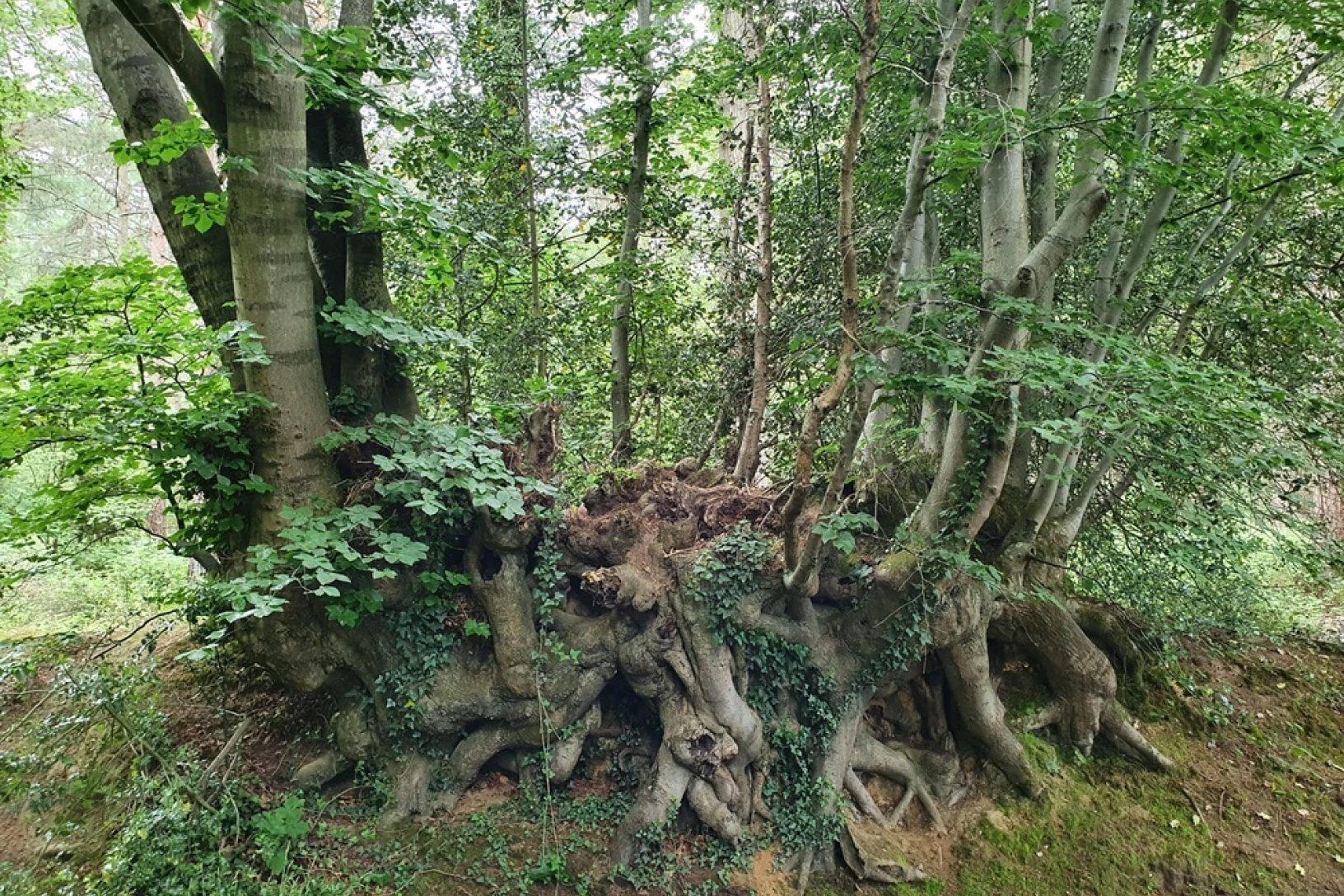
Plants are amazing. Just look at all the different sizes and shapes and forms. These wonderful differences allow plants to grow in a range of conditions, from gentle sun to extreme heat, wet or cold.
According to some estimates, there are at least 380,000 different species of plant. Among these are the biggest, oldest, fastest-growing and ones that can simply amaze us in design. Some are found far away, but others are found much closer to home!
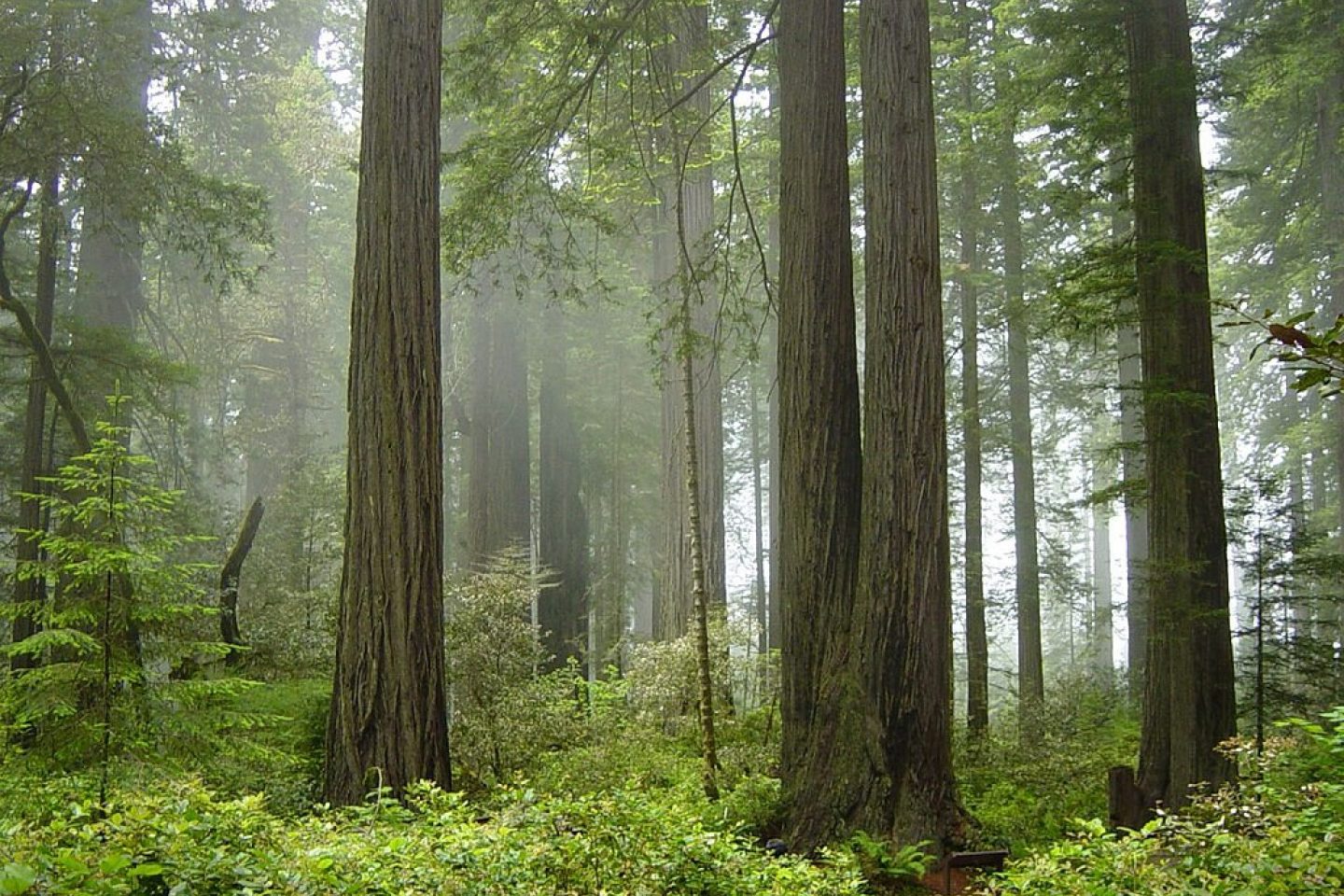
1. Hyperion, coast redwood (the tallest tree)
Trees can be spectacularly big, as well as living a very long time. The tallest known tree in the world is a coast redwood in Redwood National Park, California. It is nicknamed Hyperion, after one of the Titans of Greek mythology. It is a whopping 115 metres (380 feet) tall.
2. General Sherman, giant sequoia (the biggest tree)
The largest tree is General Sherman, which is also found in California, within Sequoia National Park. It is the world's largest tree based on volume of wood. Each year, it's extra growth is equivalent to another 60 foot tree!
3. Methuselah, Great Basin bristlecone pine (the oldest tree)
Trees can be astonishingly long-lived. The oldest tree discovered is nicknamed Methuselah and is yet another California resident. This Great Basin bristlecone pine is estimated to be 4,852 years old.
The scientific technique used to find the age of trees is called dendrochronology. It is tricky to create really accurate predictions for many reasons. For example, older trees tend to split and die off in sections. This means the estimated age range for a tree can be large. Britain’s oldest trees - the Llangernyw Yew in North Wales and the Fortingall Yew in Perthshire - are estimated to be anywhere between 1,500 to 5,000 years old!
4. The corpse lily (Rafflesia arnoldii)
The largest flower in the world is the corpse lily, an Indonesian native. The flowers take a year to develop, are about a metre across and weigh up to 11 kg. This is a parasitic plant that has no visible leaves, stems or roots. It's flower size may be amazing, but its unpleasant death-like smell is quite off-putting!
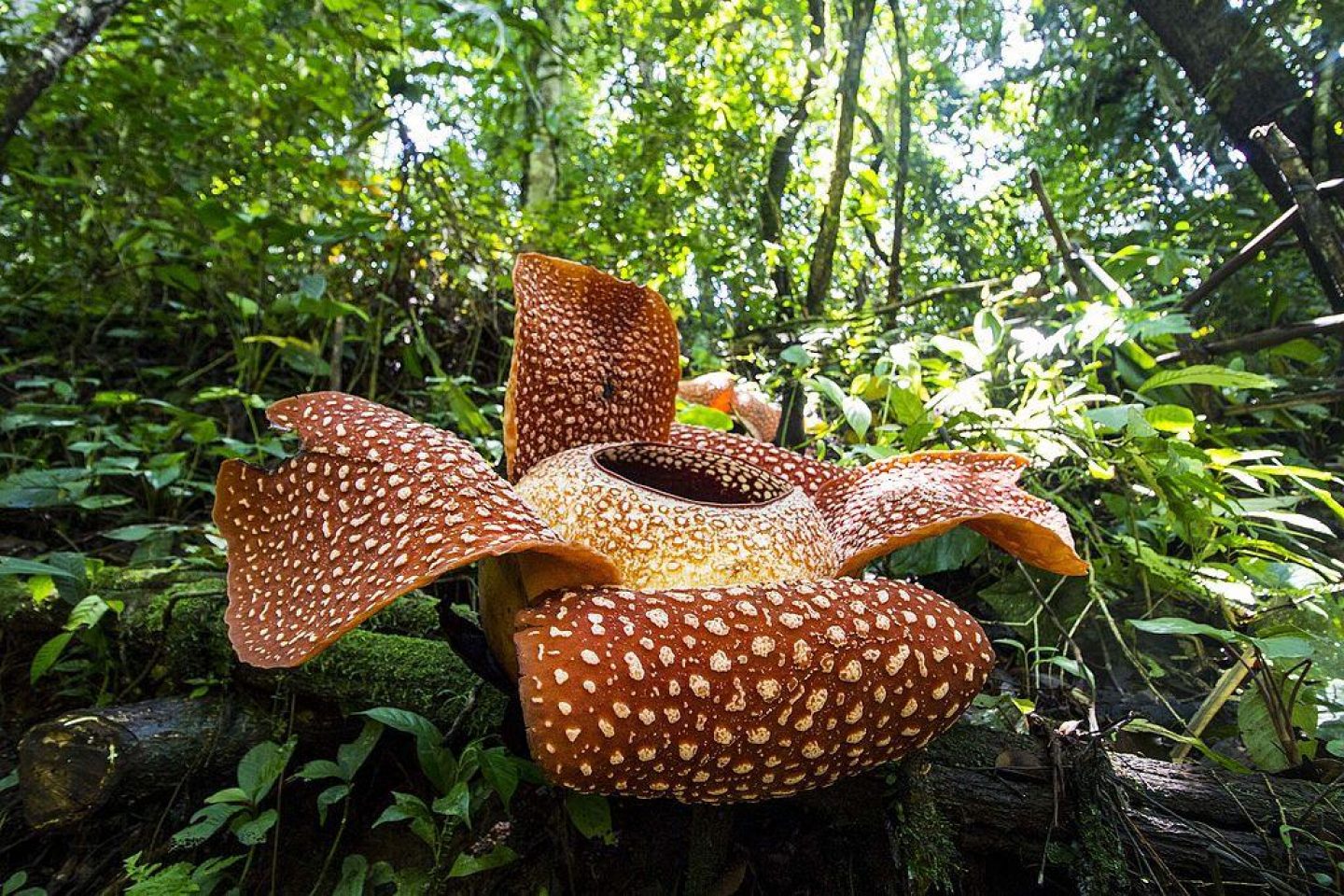
5. Titan arum (Amorphophallus titanium)
The Titan Arum, Amorphophallus titanium, is native to Western Sumatra. It can also be spotted in Kew Gardens! It has the largest unbranched inflorescence (cluster of flowers) in the world. This looks like a giant spike sticking up from the centre, which can reach more than 3 metres tall.
Like the corpse lily, this is also a disgustingly stinky flower. Its strong smell of rotting flesh - which is attractive to insects - gives it the similar nickname of the corpse flower.
6. Carnivorous plants
We think of our garden plants as living off sunlight, water and nutrients from the soil. Some plants that naturally live in areas with little soil-based nutrients have drastically adapted their form and diet. By developing the ability to trap insects and other small animals, these carnivorous plants absorb the nutrients from these creatures.
Some of the best known carnivorous plants include the venus fly trap and pitcher plant. There are also carnivorous plants that grow in the UK, such as sundew, butterwort and bladderwort.
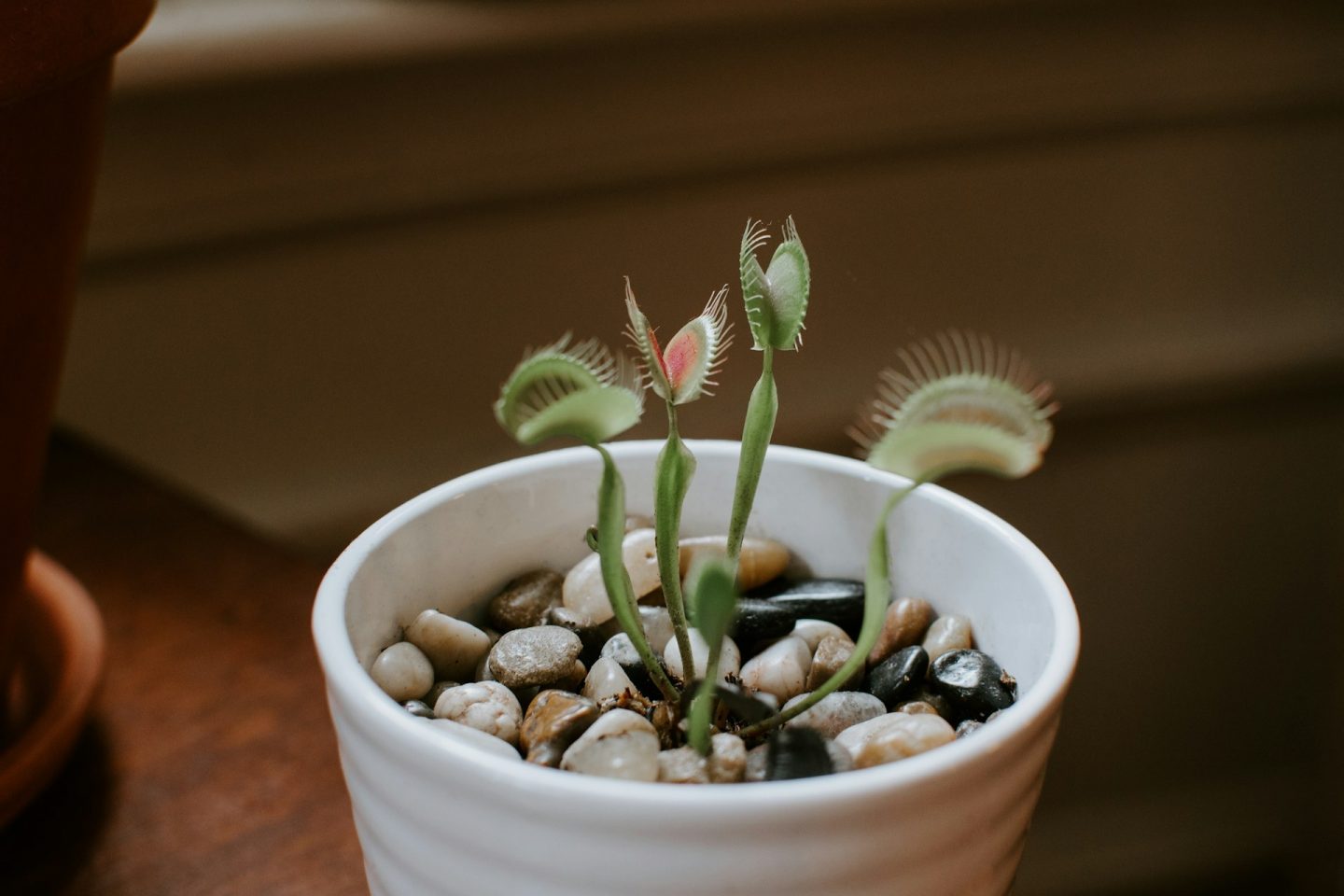
7. Cacti and succulents
Cacti and succulents have developed to be able to survive extreme drought conditions. The different varieties are able to take up water through their roots and store it in their stems. Scientific research has also uncovered that these plants use a unique form of photosynthesis to conserve water, known as crassulacean acid metabolism.
8. Orchids
Orchids have an incredible ability to hybridise (cross-breed) to help them adapt to changing conditions.
In some tropical countries, orchids grow that have adapted to living in trees. These epiphytes (plants that grow attached to other plants) include moth orchids (phalaenopsis), dendrobium and boat orchids (cymbidium).
Many orchid varieties have flowers that are so unique that they are only attract one species of insect to pollinate them. This makes the orchid very vulnerable, especially if that insect becomes endangered.
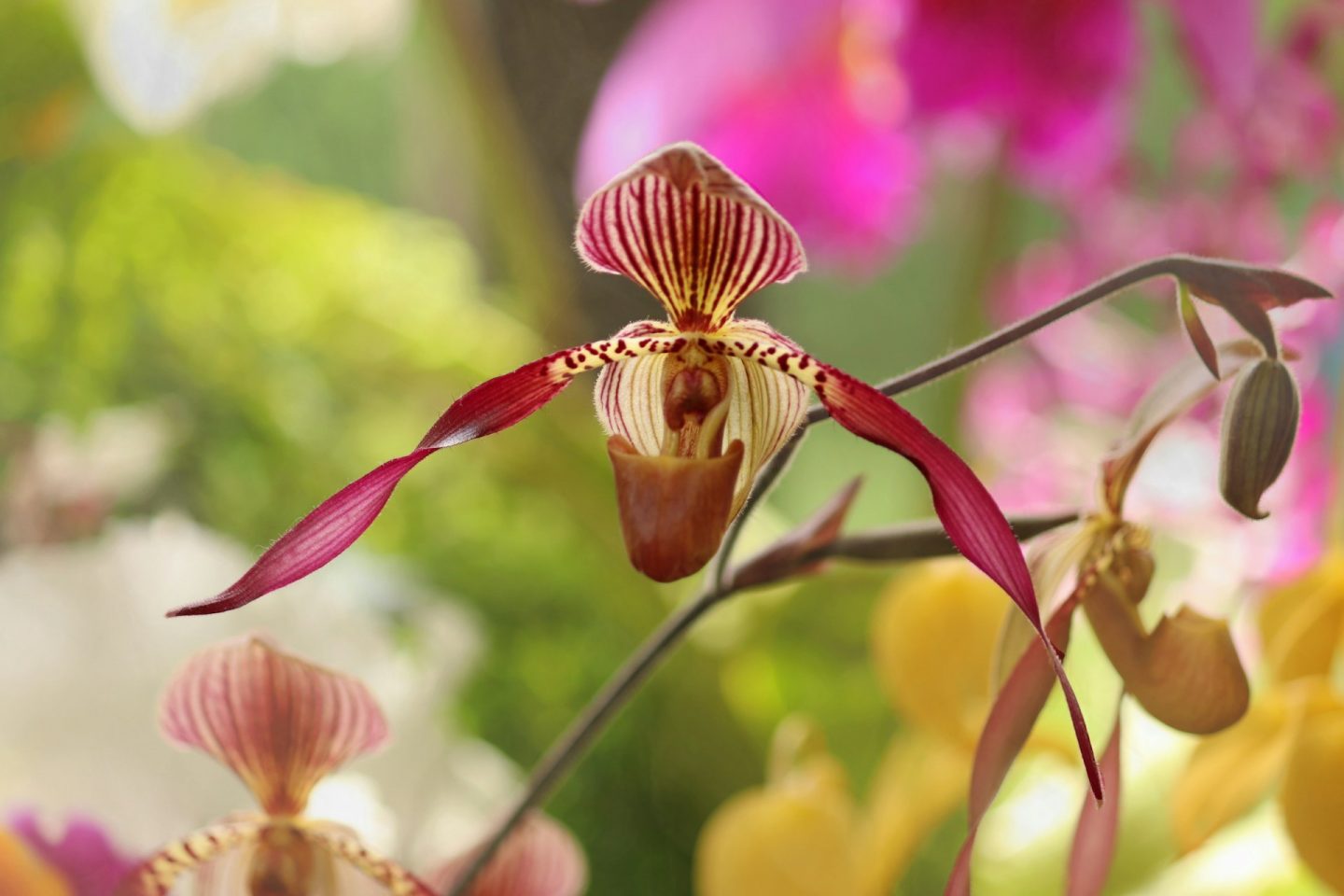
9. Oak trees
Oak trees are amazing long-lived giants. A single oak can support up to 2,300 species of animal.
In the UK, there are two native oak varieties. These are the English Oak and the Sessile Oak. Plenty more species of oak can be found in parks, urban settings and botanical gardens.
There are a number of ‘famous’ oaks in Britain, including:
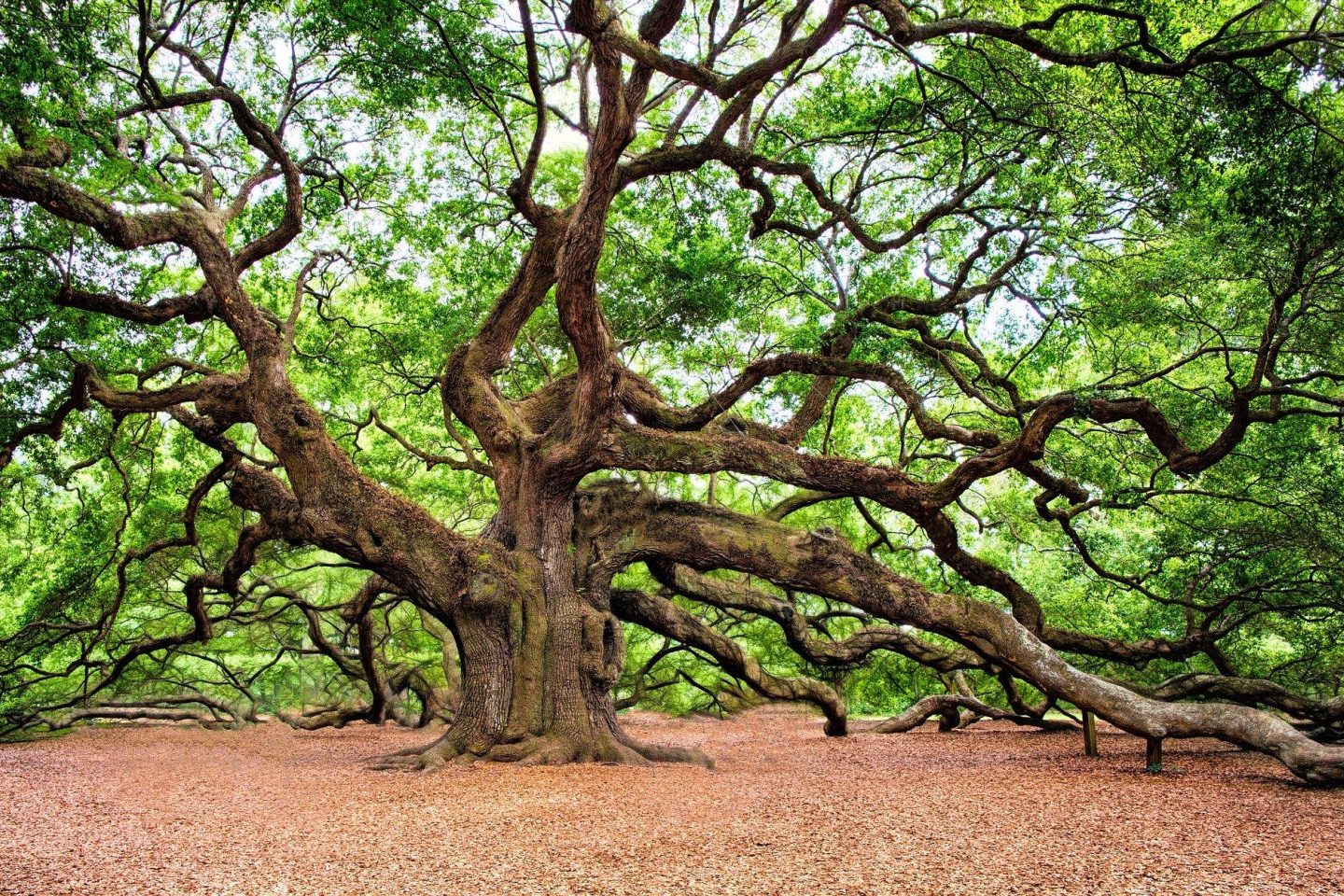
10. Corkscrew hazel
Some plants with twister or corkscrew features can become very popular. The corkscrew hazel, also known as Harry Lauder's walking stick, is a great example. It can grow up to 5 metres (20 feet) tall. It grows very slowly, though, so will take 25 years to reach half that height.
Winter is the most exciting season for the corkscrew hazel. The curiously contorted stems stand out against a clear sky, then develop their fine catkins before the spring foliage appears.
If you want to grow corkscrew hazel in your own garden, look for a sunny or semi-shaded spot in fertile, well-drained soil.

11. Fasciation in foxgloves
Foxgloves are a great example of a plant that can be affected by fasciation. Fasciation happens due to abnormal growing activity at the end of the plant. It might lead to an abnormal number of flowers being produced. Or, there could be enlarged and flattened flowers, as if several stems were fused together.
This strange-looking problem may be ugly or attractive, but is always interesting.
Foxgloves are not the only plant in our garden affected by fasciation. Others include veronica, delphiniums and primroses.
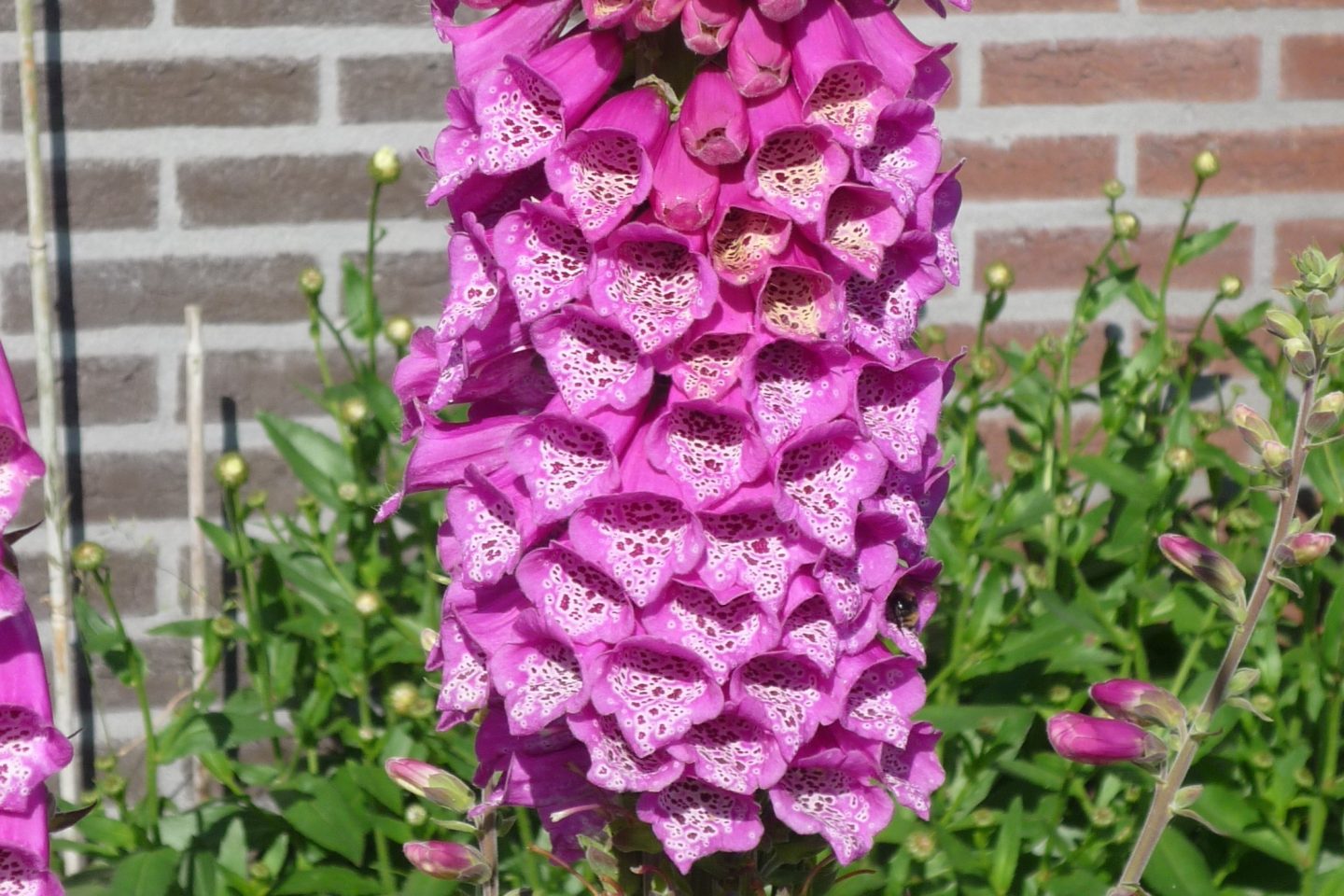
Which plant do you find particularly fascinating? Maybe there's a plant in your garden or local area that always attracts your attention! Do tell us about it. Send an email to info@thrive.org.uk